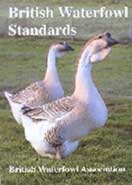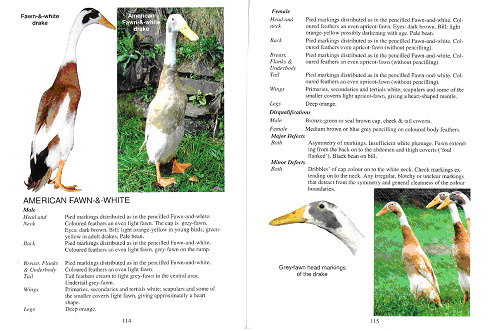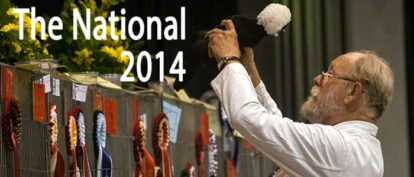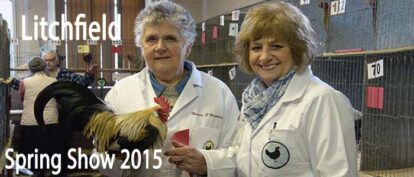 Author: Mike and Chris Ashton (Editors)
Author: Mike and Chris Ashton (Editors)- Publisher: British Waterfowl Association
- Edition Published: 7 April 2008
- Softback: 168 pages
- ISBN-10: 0950337838
- ISBN-13: 978-0950337838
- Available from: British Waterfowl Association
At first, I thought there would be little need to describe the content of this book to you as the title is so self-explanatory… but I was wrong and it far outweighed my expectations. The book includes superb colour photographs of nearly all breeds of Waterfowl, (many of which are show winners) and includes the new colours of Call and Runner ducks that are so popular at the moment (there are in fact 27 pages devoted to Indian Runners!).
Colour genotype information has been included for the first time – in short, this is a way of determining what a bird will inherit from its parents i.e. its genetic makeup.

The book includes superb colour photographs throughout
Quoting from the rear cover of this book: “From its inauguration (as The Waterfowl Club) in 1887, the British Waterfowl Association has continued to play the key role in producing the Waterfowl Standards, from the first Indian Runner Standard of 1901 to this 2008 edition. The new edition contains major revisions in format, terminology, historical information and structure, including graded judging defects and colour genetics.”
There have clearly been many hours devoted to gathering the information and photographs in this book by some very dedicated people. It has been thoughtfully put together into a very handy reference book that makes picking it up a pleasure. I would recommend this book to anyone serious about keeping or showing waterfowl as after all this is THE guide to what breeders should be aiming to produce.
[button link=”https://poultrykeeper.com/click/other/british-waterfowl-association-books/” color=”blue” align=”right” target=”_blank” size=”large” caption=”Visit the BWA”]Click Here to[/button]
- Have you read this Standard? If so, please leave your review in the comments box below to let us know what you think.







